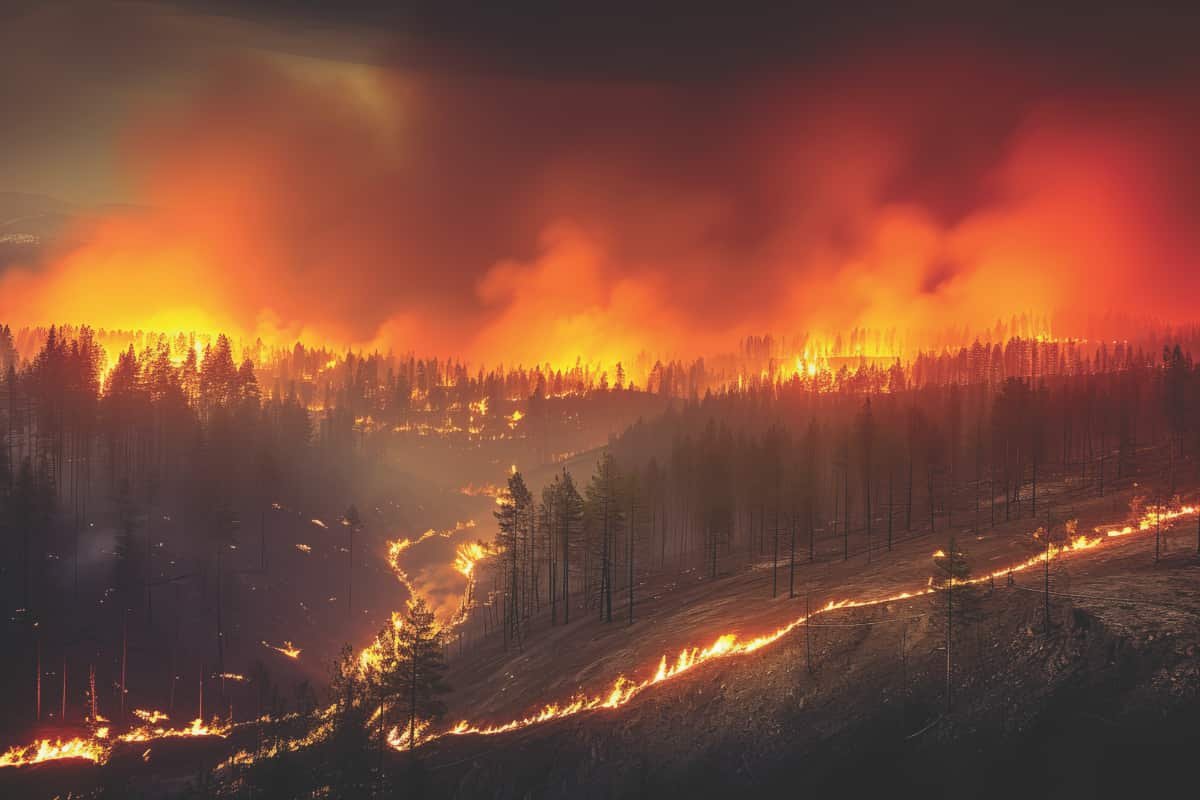
CANADA GRAPPLES WITH RAGING WILDFIRES AS THOUSANDS FLEE AND STATES OF EMERGENCY DECLARED


Photo Credit: Getty Images On May 30, 2025, President Donald Trump stirred controversy with a...
Photo Credit: Getty Images Canada is once again at the mercy of nature's fury as out-of-control...
Photo Credit: Getty Images Elon Musk, once a staunch ally of Donald Trump's fiscal agenda, has voiced...
Photo Credit: Getty Images SpaceX's latest Starship test flight, conducted on May 27, ended in...
Photo Credit: Getty Images ' In the recent escalation of tensions, the Trump administration has...
Photo Credit: Getty Images King Charles III and Queen Camilla arrived in Canada on Monday for a...
Photo Credit: Getty Images Following a “very nice call” with US President Donald Trump, European...
Photo Credit: Getty Images At least 11 people were hospitalized following a mass shooting on...
Photo Credit: Getty Images Russian forces launched a coordinated overnight barrage of 367 missiles...
Photo Credit: Getty Images A federal judge has temporarily blocked the Trump administration’s...
Photo Credit: Getty Images U.S. President Donald Trump has escalated his trade war rhetoric by...
Photo Credit: Getty Images The Trump administration has revoked Harvard University's ability to...